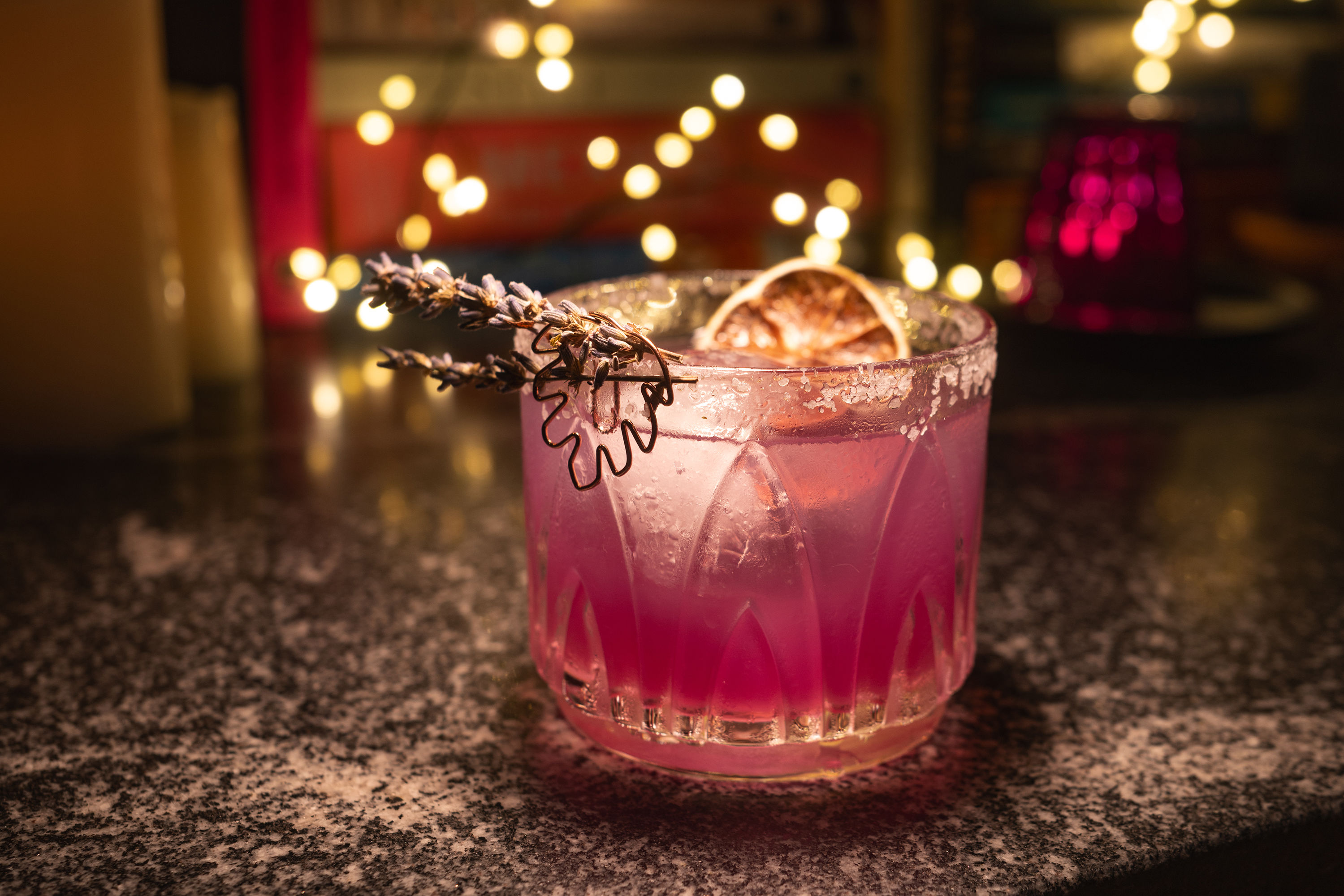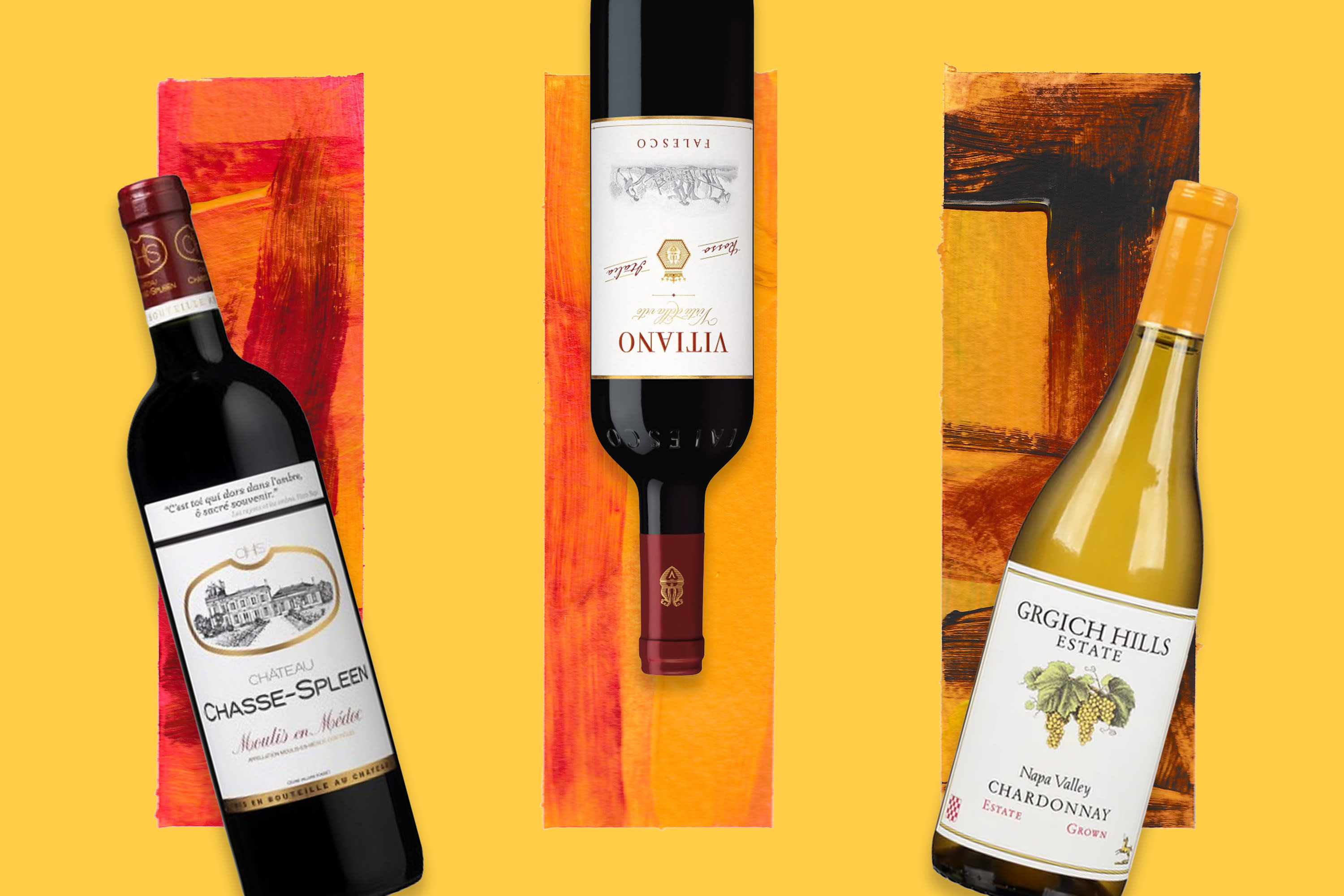What Are 'Nolo' Wines, and Are They Any Good?

Image: Courtesy Photo
Any marketer will tell you that the creation of an effective catchphrase creates a strong momentum for an idea or product. The latest mantra in the alcoholic beverage industry? "Nolo" wines, meaning wines with little or no alcohol.
While spirits producers have been at the forefront of the Nolo movement, wine producers are hopping on the bandwagon, too. The Nolo category has been growing in popularity in recent years as consumers seek out healthier options or alternatives to traditional alcoholic drinks.
I thought it time to investigate these wines. An online search led me to a video by Madeline Puckette, the creator of Wine Folly, a respected source for wine info. She extolled the virtues of several Nolo wines in a supposedly blind tasting, so I decided to try a couple.
Total Wine & More seems to be at the forefront of offering these wines, so a quick order and a very efficient delivery produced two the next day. I decided to choose the Hand on Heart non-alcoholic cabernet sauvignon that Puckette reviewed and the Be Well non-alcoholic chardonnay. At first glance, Hand on Heart looks similar to other cabernet sauvignons, but it had an excess of froth in the glass and in the bottle, as well as a film on the surface of the wine. There was little aroma, besides a sort of grapey smell. The mouthfeel, meanwhile, was better than expected, but very light, with no discernible cabernet character, and the finish was quick, with no lingering even after several tries. In short: I didn't find much incentive to go back for more.
A nutrition facts label on the back indicates sugar and salt were added, as well as grape concentrate. My assumption is that these ingredients are added to imitate the mouthfeel of alcohol, but to me, it seems like an artificial product trying to imitate serious wine.
The Be Well chardonnay, on the other hand, was an amazing surprise. The wine was clear and clean, with a medium gold color. It had a slight aroma of chardonnay, but it was faint, and while the taste was reminiscent of chardonnay, it was overwhelmed with apple and pear. The finish was light and short, but I would have no problem drinking it.
Like with the cabernet sauvignon, Be Well has added sodium, grape juice from concentrate, natural flavors and sulfur dioxide, and the wine has no vintage. This the first wine I have seen with the origin “American" and not a specific region like Napa or Sonoma identified. In fact, this designation allows the producer to import wines to add to the product.
Proponents of Nolo wines tout their lower calorie count and their lack of intoxicating effects, as well as their appeal to pregnant women and other non-drinkers. Are they going to take off like the industry seems to think? Only time will tell.
Bob McGinn has spent his entire career in the wine industry—forming wine clubs, working in wine sales marketing and engaging in all facets of the winemaking process, including vine management, fermentation and yeast analysis. He has developed wine programs for companies such as Marriott, Sheraton and Smith & Wollensky, and consults with local restaurants. You can read more of McGinn’s work at gulfcoastwinejournal.com.



